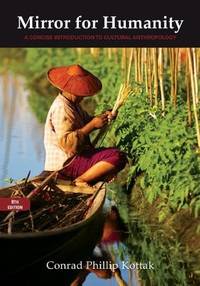
3 week: unit-3 Culture: Definition, Properties and Taxonomy
Culture exists among all human beings. Some anthropologists
refer to this universal concept of culture as Culture
with a capital C. Culture also exists in a more specific way.
The term microculture, or local culture, refers to distinct patterns
of learned and shared behavior and ideas found in local
regions and among particular groups. Microcultures are based
WHAT IS CULTURE? The concept of culture is fundamental in anthropology. Well over a century ago, in his book Primitive Culture, the British anthropologist Sir Edward Tylor proposed that cultures—systems of human behavior and thought—obey natural laws and therefore can be studied scientii cally. Tylor’s dei nition of culture still offers an overview of the subject matter of anthropology and is widely quoted: “Culture . . . is that complex whole which includes knowledge, belief, arts, morals, law, custom, and any other capabilitieson ethnicity, gender, age, and more.and habits acquired by man as a member of society” (Tylor 1871/1958, p. 1). The crucial phrase here is “acquired . . . as a member of society.” Tylor’s dei - nition focuses on attributes that people acquire not through biological inheritance but by growing up in a particular society where they are exposed to a specii c cultural tradition. Enculturation is the process by which a child learns his or her culture.


